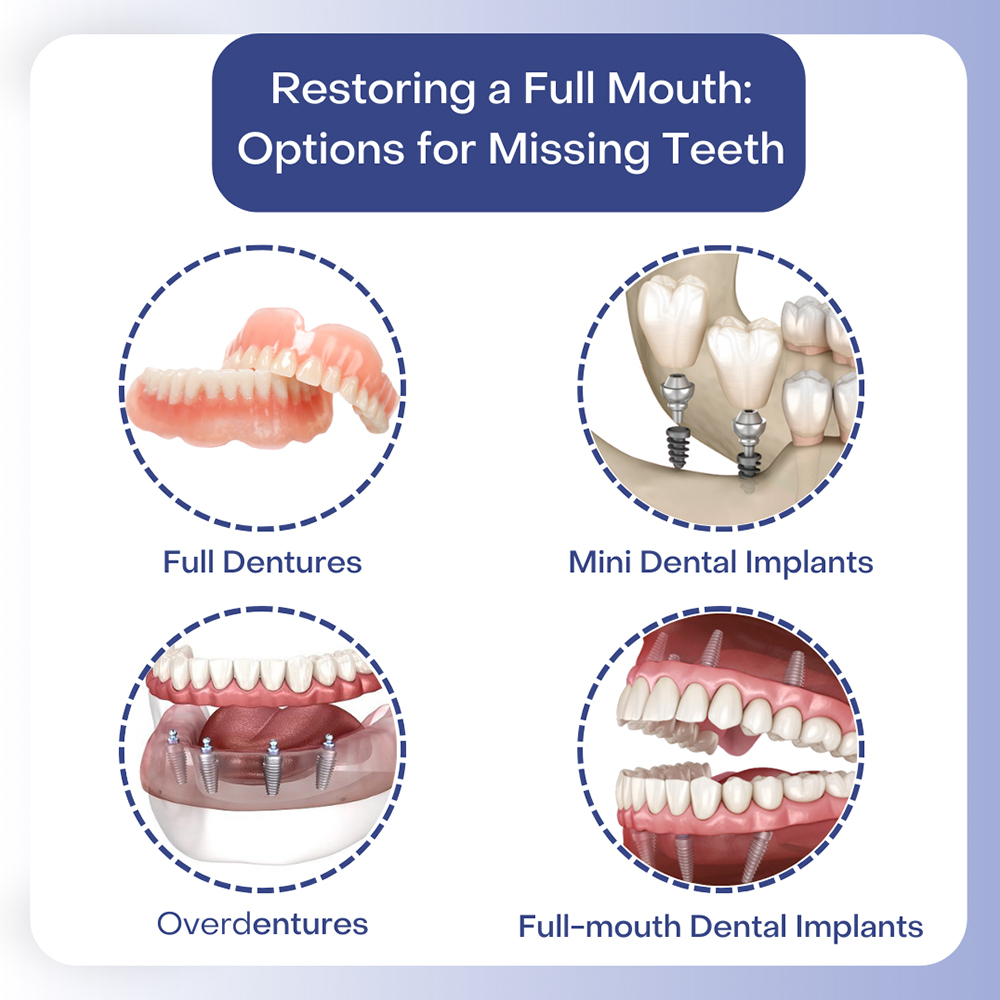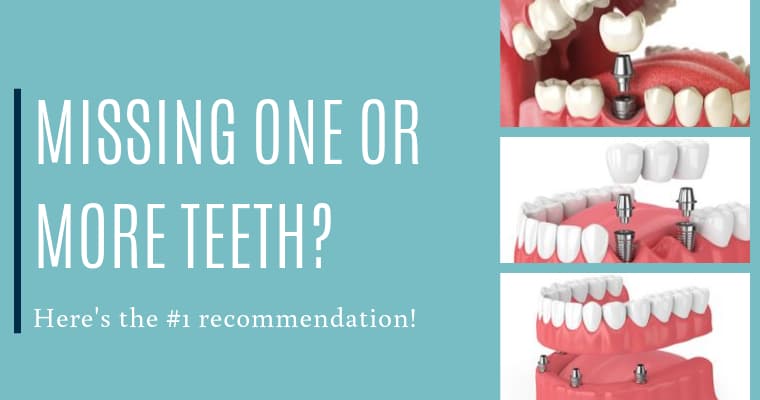About Dental Sense
The Basic Principles Of Dental Sense
Table of ContentsThe smart Trick of Dental Sense That Nobody is DiscussingThe Basic Principles Of Dental Sense Dental Sense Can Be Fun For AnyoneMore About Dental Sense
are clinical tools surgically dental implanted right into the jaw to bring back a person's capacity to eat or their look. They supply support for artificial (fake) teeth, such as crowns, bridges, or dentures. When a tooth is shed due to injury or disease, an individual can experience issues such as fast bone loss, defective speech, or changes to chewing patterns that lead to discomfort.Dental dental implant systems contain an oral implant body and dental implant joint and might additionally include a joint fixation screw. Dental veneers cost. The dental implant body is surgically placed in the jawbone in location of the tooth's root. The dental implant abutment is typically connected to the implant body by the abutment addiction screw and extends with gums into the mouth to sustain the connected man-made teeth
(https://matthewmusic33101.wixsite.com/dental-sense/post/dental-veneers-cost-kids-dental-and-dental-implant-vs-bridge-what-you-need-to-know)Framework of The Oral Implant System picking oral implants, talk with your oral supplier about the potential advantages and risks, and whether you are a candidate for the procedure. Things to consider: Your overall health and wellness is an essential consider identifying whether you are a great prospect for oral implants, how much time it will take to recover, and for how long the implant might remain in location.
Smoking may influence the healing procedure and reduce the long-term success of the dental implant. The recovery process for the dental implant body may take a number of months or longer, during which time you usually have a short-term abutment in area of the tooth. the oral implant treatment: Very carefully adhere to the oral hygiene instructions offered to you by your dental provider.
Some Known Factual Statements About Dental Sense
Implant failure can cause the demand for another surgery to repair or replace the dental implant system. Brings back the capacity to chew Brings back cosmetic look Helps maintain the jawbone from reducing because of bone loss Protects the health and wellness of the surrounding bone and gum tissues Aids keep surrounding (neighboring) teeth secure Enhances lifestyle Damage to bordering natural teeth during dental implant placement Injury to the surrounding tissues during surgery, such as sinus perforation Injury during surgical treatment (for instance, fracture of bordering jawbone) Inadequate feature, such as really feeling like the teeth do not bite together typically A feeling that the tooth is loosened or twisting in place resulting from a joint screw loosening up Implant body failure (looseness of the dental implant body) as a result of systemic infection, which might be more probable in patients with uncontrolled diabetes mellitus due to regional infection in bone and gums supporting the dental implant body due to postponed healing, which might be most likely in clients who smoke Difficulty cleaning the periodontals around the implant, resulting in poor dental health Neglected periodontal illness Post-surgical numbness because of nerve impingement or damage Constantly alert healthcare carriers and imaging service technicians that you have oral implants before any kind of magnetic resonance imaging (MRI) or x-ray procedures.
FDA is not familiar with any adverse occasions reported for MRI or x-ray treatments with dental implants. Dental implants systems are normally made of products that follow global consensus standards of the International Company for Standardization (ISO) or ASTM International. These criteria have information of what makes a safe product.

An oral implant is a structure that changes a missing out on tooth. With screw-like tools, the surgeon inserts a dental implant into the jawbone, and it acts as an anchor for a fabricated tooth, called a crown. A tool called an abutment links the man-made tooth to the oral implant. The crown is tailor-made to fit the person's mouth and match the shade of their teeth.
The Definitive Guide to Dental Sense
Some individuals are not eligible for oral implant surgery. It is for oral doctors to operate on people with: intense illnessuncontrollable metabolic diseasebone or soft tissue illness or infectionIf these concerns are fixed, an individual can have the surgical procedure. In, oral doctors avoid operating people with: If people with any one of the above undergo oral implant surgery, there is a greater danger of the implant falling short.

Oral implant surgical treatment is a customized process. Provide you time to recover. Affix the article and final crown, bridge or denture.
Next off, your surgeon will very carefully position the dental implant into your jaw. Lastly, your specialist will reposition your gums and shut the laceration with stitches. If your implant is near the front of your mouth, your dental practitioner will make a temporary tooth for you to use till you heal. That method, you will not have a gap in your smile while you recuperate.
9 Easy Facts About Dental Sense Described
Your copyright can inform you what to expect in your circumstance. During the recovery stage, your jawbone must fuse to the dental implant. This process, called osseointegration, is crucial for stability and long-lasting success. This process can take anywhere from 3 more helpful hints to nine months. In some cases, it may take longer.
Once your implant heals, your dentist can connect the joint (small adapter blog post) and your last restoration (crown, bridge or denture). This generally takes concerning one hour to finish and may require a second small surgery. You shouldn't feel any type of pain during your dental implant procedure because your supplier will make use of drug to numb your gum tissues.